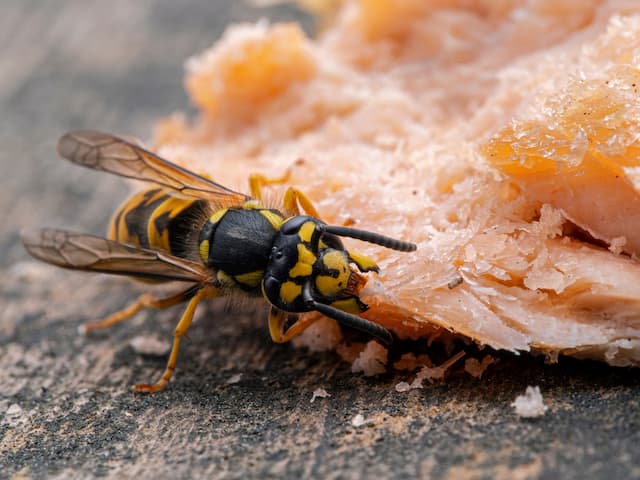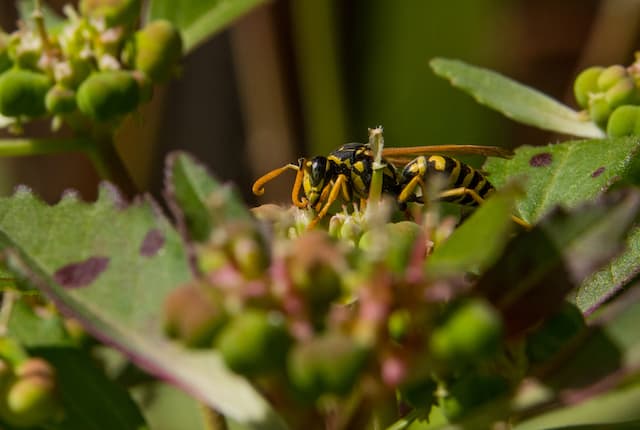Everyone enjoys the summer and where better to enjoy it than in your back yard. Its a place of peace. A place where you can be alone, a place you own, and a place you consider sacred. So when a swarm of yellowjacket wasps fills the yard with threatening sterile female wasps that are highly aggressive and excitable and easy to threaten, shows up in your yard, it’s not something you should try to take care of yourself.
If you suspect a yellowjacket presence anywhere near or on your property, contact wasp removal Guelph for quick and safe removal.
If the situation isn’t serious, maybe there are just a couple flying around or maybe you only see one or two a day. If that’s the case then a trap may be a better option than a full treatment. You can make your trap out of a plastic jug with a tight lid. Disposable jugs like large juice jugs and such are the best for this. Make a sweet-smelling fluid that contains the smell of rot. This can be done with all sorts of sweet-smelling fruit, banana skin, mango, and apple cider vinegar work very well. You pour it into the jug and then you cut a small hole in the neck of the jug. The wasp will enter the hole to gain access to the food but due to the jug being clear the wasp will not be able to grasp that she cannot fly through what appears to the wasp to be nothing. Instead of looking for the exit, they will pounce around against the walls of the jug for hours until they suffocate from the fumes of the apple cider vinegar. This method is good is you only have a few on your property, but if you have a big nest and a lot of swarms then these traps will not help you rid your property of yellowjackets. There are other options, however.
The life cycle of the yellow jacket is such: in the spring a queen yellowjacket will crawl out of her hibernation space under tree bark and venture back into the world, pregnant with eggs from the fall before. She will find a nice spot and build herself a basic paper nest to lay her eggs in. This is usually done in the ground either in a hole made by the wasps or more likely in a pre-dug burrow. The queen lays her eggs and sterile females hatch. The nest grows over the months and then in the fall the queen lays two batches of eggs, both nonsterile, one batch males, and one female. The females mate with the males who then die. The pregnant females are now new queens and will leave the nest to hibernate and start their own nest next spring. If you can catch a nest forming in its early stages it is very delicate. One spray of insecticide will kill the queen and all her larva. However, if the larva is now flying wasps and the nest is growing you will have to do something much more aggressive.

